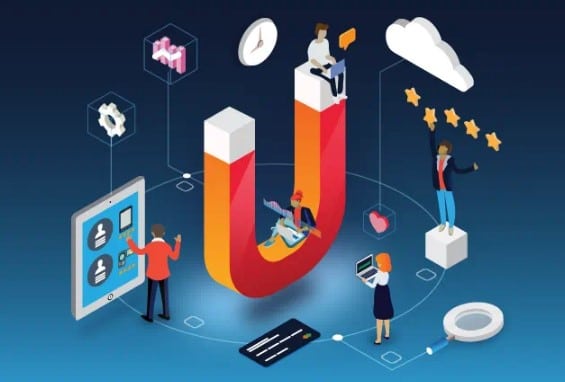How to Build Customer Loyalty with CRM and Personalization
How to Build Customer Loyalty with CRM and Personalization – In today’s highly competitive market, building customer loyalty has become more critical than ever. A customer relationship management (CRM) system and personalization are two powerful tools that can help businesses establish and maintain strong customer relationships, improve customer engagement, and ultimately drive sales. This article explores how businesses can leverage CRM and personalization to build customer loyalty.
Introduction
- The Importance of Building Customer Loyalty
- What is a CRM System?
- What is Personalization?
Part 1: CRM System and Customer Loyalty
- How a CRM System Can Help Build Customer Loyalty
- Benefits of CRM System in Building Customer Loyalty
- Types of CRM System
- Operational CRM
- Analytical CRM
- Collaborative CRM
Part 2: Personalization and Customer Loyalty
- The Power of Personalization in Building Customer Loyalty
- Benefits of Personalization in Building Customer Loyalty
- Types of Personalization
- Product Personalization
- Communication Personalization
- Website Personalization
Part 3: Integrating CRM and Personalization for Customer Loyalty
- The Importance of Integrating CRM and Personalization
- Best Practices for Integrating CRM and Personalization
- Common Challenges and How to Overcome Them
Part 4: Tips for Successful Implementation
- Define Your Objectives and Goals
- Choose the Right CRM and Personalization Tools
- Collect and Analyze Data
- Personalize Communication
- Continuously Measure and Improve
Conclusion
In conclusion, building customer loyalty is crucial for businesses to stay competitive and succeed in the long run. A CRM system and personalization can be powerful tools to help businesses establish and maintain strong customer relationships, improve customer engagement, and ultimately drive sales. By integrating CRM and personalization and following best practices for successful implementation, businesses can take a significant step towards building customer loyalty and achieving long-term success.
FAQs
- What is a CRM system, and how does it work?
- A CRM system is a software tool that helps businesses manage their customer relationships, including sales, marketing, and customer service. It collects, organizes, and analyzes customer data, which can be used to improve customer engagement and drive sales.
- What is personalization, and why is it important for customer loyalty?
- Personalization refers to tailoring products, services, and communication to the specific needs and preferences of individual customers. It is important for customer loyalty because it shows customers that businesses care about their individual needs and preferences, which can lead to a stronger emotional connection and long-term loyalty.
- What are the benefits of integrating CRM and personalization for customer loyalty?
- Integrating CRM and personalization can help businesses create a more personalized and engaging customer experience, which can lead to increased customer satisfaction, loyalty, and ultimately, revenue. It can also help businesses collect and analyze more accurate customer data, which can inform better business decisions.
- What are some common challenges businesses face when integrating CRM and personalization, and how can they overcome them?
- Common challenges include lack of expertise, budget constraints, and resistance to change. To overcome these challenges, businesses should invest in training and development, choose tools that fit their budget and needs, and communicate the benefits of integration to all stakeholders.
- How can businesses measure the success of their CRM and personalization efforts?
- Businesses can measure the success of their CRM and personalization efforts by tracking metrics such as customer satisfaction, retention, and sales. They can also use data analytics tools to analyze customer behavior and preferences and continuously improve their strategies.
